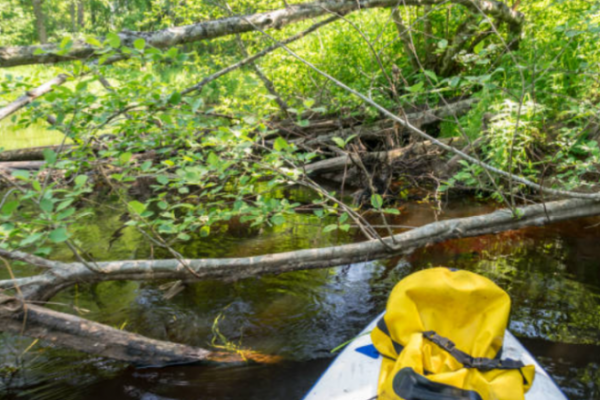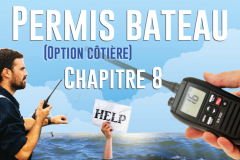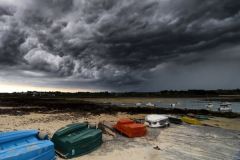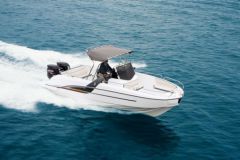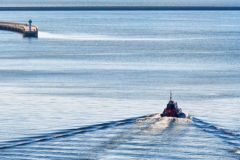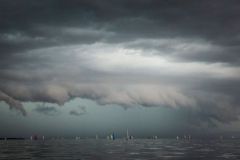Ice jams - clusters of floating debris that obstruct waterways - are a recurring problem for many boaters, particularly on rivers, canals and inland waterways. Although their management may seem complex, there are solutions adapted to avoid the risks they generate, while preserving the safety of boaters. What should you do when an ice jam gets in your way? Should you intervene on your own, or call in the authorities? Here are detailed answers to questions frequently asked by boaters.
A natural phenomenon, but not without risks
Logjams, made up of branches, tree trunks and other plant debris, are an unavoidable part of the river landscape. While their formation is often of natural origin, exacerbated by floods or storms, their impact is becoming increasingly significant in the face of extreme climatic phenomena.
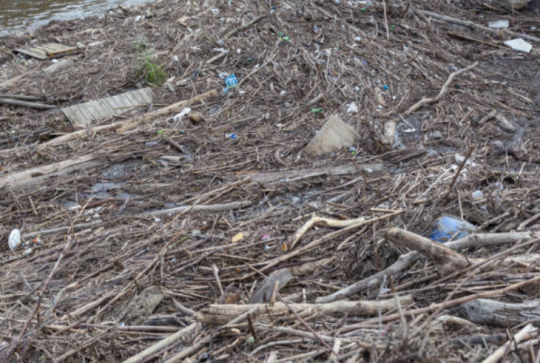


These obstacles can not only damage boats, especially propellers, rudders and hulls, but also considerably disrupt navigation, especially for small craft such as kayaks, canoes or shallow-draft boats, in narrow passages or in calm water.
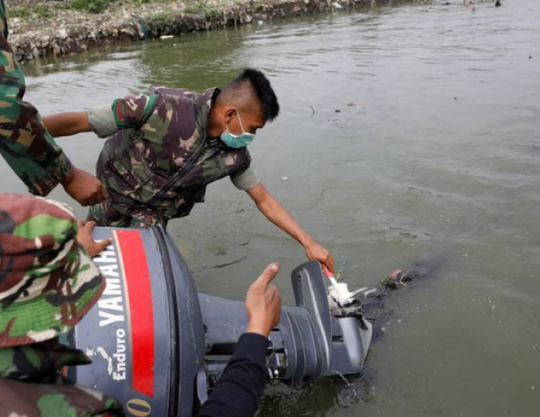
Safety first: don't act alone
To the question asked by many yachtsmen: "What to do if an ice jam completely blocks the track?" the answer is clear: don't try to clear the logjam on your own, but rather report the obstacle to VNF via their dedicated channels so that a specialized team can intervene. VNF has specialized brigades with pushboats and cranes to clear large obstacles that prevent navigation. These teams intervene particularly in high-traffic areas or near dams, locks and other sensitive points.
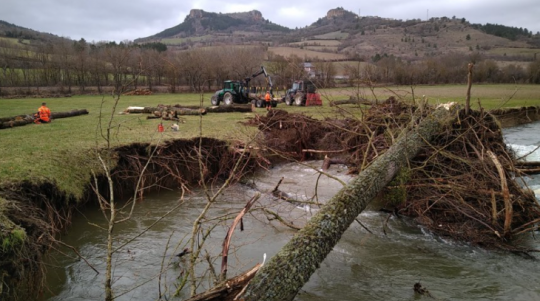
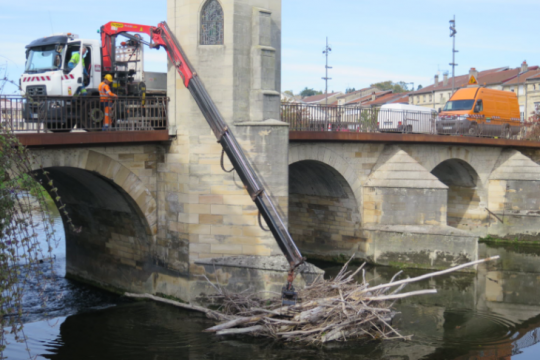
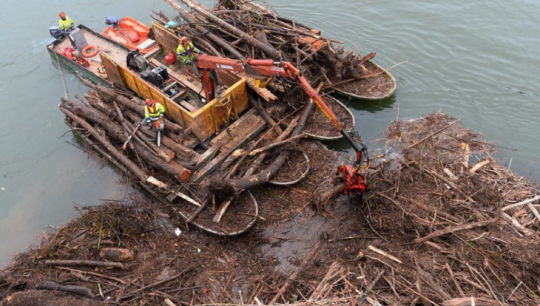
When faced with the largest logjams, particularly after a flood or when floating objects have accumulated, it is strongly inadvisable to act alone. These obstructions can sometimes be difficult to see and dangerous, especially if trunks are partially submerged, making it difficult to assess their size and position. In such cases, contacting the authorities is the best option.

When can I intervene myself?
If the logjam is minor and poses no immediate danger, some interventions can be carried out without major risk, provided a few simple rules are observed. Equipped with a pike pole or a sturdy rope, you can try to clear a pile of branches or small trunks that is partially obstructing the path. This practice, suggested as a method of "first aid", enables you to quickly restore traffic flow without too much effort. This operation should always be carried out in safe areas, taking all necessary precautions.
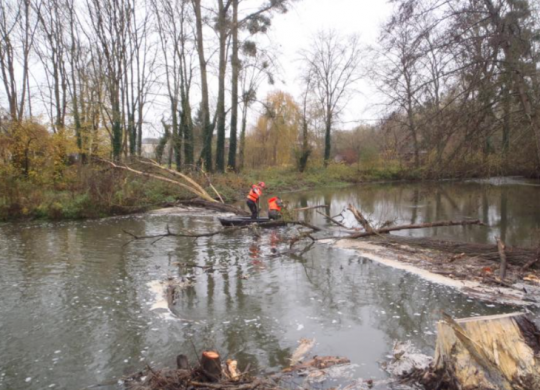
Above all, never attempt to free an obstacle by jumping into the water, even if the debris seems easily displaceable. When an obstacle is displaced, the current can exert a sudden pressure that can pull the person underwater. This could result in a risk of drowning, particularly if the person becomes trapped in a strong current.
Prevention rather than cure: best practices
Prevention is essential to prevent ice jams from hindering navigation. A few simple gestures can minimize the risk of unpleasant encounters:
- Consult navigation bulletins: before setting off, find out about any areas at risk of ice jams indicated by VNF.
- Observe water conditions: turbid or calm water can conceal objects beneath the surface.
- Avoid areas with strong currents that encourage debris accumulation, especially after floods.
- Slow down in suspicious areas: reduce speed to avoid sudden impact when encountering an underwater obstacle.
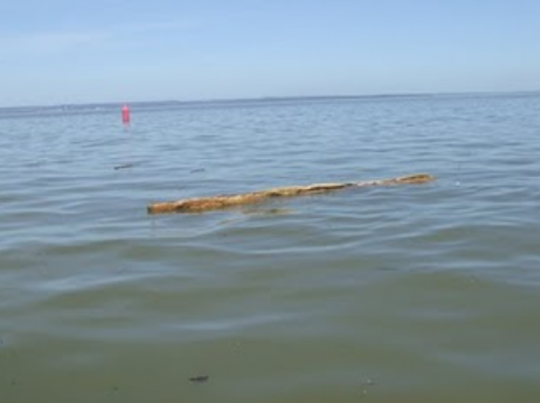
VNF: a key player in logjam management
Voies Navigables de France (VNF) plays a fundamental role in the management of these obstacles, with regular monitoring of the waterways and occasional interventions, mainly in winter when ice jams are aggravated. Depending on the severity of the obstruction, some regions may even impose a temporary ban on navigation or call in icebreakers to clear the channels.
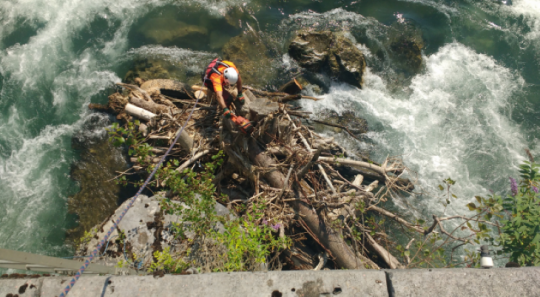
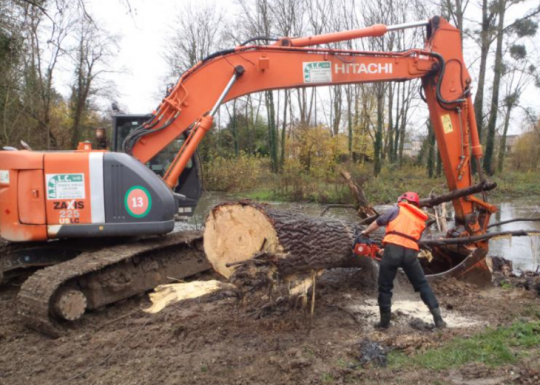
The "Vigicrue" application enables you to monitor flood and ice jam alerts and identify areas at risk. In addition, you can call VNF's emergency number, 0800 863 000, to report obstacles or any situation requiring rapid intervention. These tools are essential to ensure a rapid and effective response to ice jams.
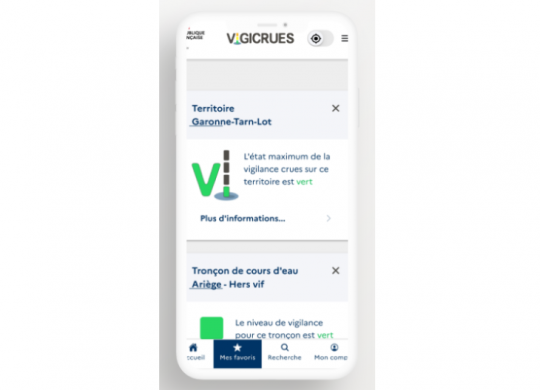
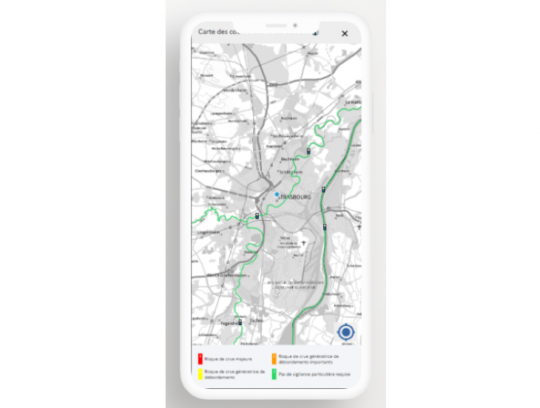
Ice jams are not only a problem for boaters, but also for river ecosystems. Managing them therefore requires close cooperation between the authorities, professionals and boaters. By reporting obstacles and behaving responsibly, you can help preserve river biodiversity and ensure the safety of our waterways.

 /
/ 